Small Disposable Vapes: A Strategic Guide for International Buyers and Distributors
Small disposable vapes are redefining the nicotine product landscape. Compact, ready-to-use, and cost-efficient, these devices are not only popular among end-users, but also highly attractive for international distributors and OEM clients seeking scalable, high-demand product lines. This guide outlines the key factors behind their rise, explores brand and production differences, and offers practical advice for selecting a reliable supplier—such as Echi, a proven partner in nicotine pouch and vape manufacturing.
1. Market Insight: Why Small Disposable Vapes Matter
The global vape industry has entered a new phase—defined by convenience and low-barrier consumption. Within this shift, small disposable vapes are becoming one of the fastest-growing formats. Their compact size, ease of use, and affordable price point make them an ideal entry product in many regional markets.
What’s driving the demand?
-
Portability & simplicity: Small form factors cater to consumers seeking discreet, maintenance-free usage.
-
OEM demand surge: Distributors are tapping into white-label disposable vape solutions to quickly enter or expand within the nicotine category.
-
Product innovation: Better battery tech, richer flavors, and design improvements make compact vapes more versatile than ever.
According to recent data, the small disposable vape segment is projected to grow at a CAGR of 9.3%, offering high-margin opportunities for buyers looking to diversify their nicotine product lines.
2. How Small Disposable Vapes Are Made
Understanding the production process helps B2B buyers assess quality and scalability. While compact in size, small disposable vapes are precision-engineered products that require tight integration of hardware, chemistry, and design.
a. Design and Prototyping
Manufacturers start with 3D modeling and airflow simulation to ensure ergonomic grip, balanced vapor delivery, and thermal efficiency. These elements are especially crucial in smaller devices, where space is limited.
b. Component Manufacturing
Key parts include:
-
Rechargeable or pre-charged lithium-ion batteries
-
Ceramic or metallic coils
-
E-liquid tanks (usually 1–3mL)
-
Leak-resistant silicone and stainless steel casings
c. E-Liquid Formulation
Flavors are developed in-house or sourced from specialty labs. Manufacturers like Snuff Factory integrate high-purity nicotine and offer both nicotine salt and freebase formulations, aligned with target-market preferences.
d. Assembly & Automation
Automated lines include:
-
Coil and wick insertion
-
Precision e-liquid filling
-
Ultrasonic sealing
-
Battery integration and quality control
This stage ensures batch consistency and compliance with CE/FDA/ISO standards.
e. Branding & Packaging
At the final stage, products are branded or white-labeled and packaged for retail or wholesale shipment. Custom branding is key for distributors looking to build brand equity.
Want to explore production specs? Visit Snuff Factory’s product page for insights.
3. Comparing Brands, Technologies, and Manufacturing Origins
Not all small disposable vapes are created equal. Here’s what B2B customers should look for:
a. Brand Differentiation
Top-tier brands focus on:
-
Flavor consistency and nicotine precision
-
Leak-proof designs
-
Compliance documentation
Emerging OEM-focused brands like Echi and Snuff Factory offer high flexibility—providing private label nicotine bag and vape solutions tailored to distributor needs.
b. Country of Origin
-
China (esp. Shenzhen): Home to 80%+ of the world’s vape hardware production. Known for rapid innovation, price competitiveness, and high-volume capacity.
-
USA & EU: More focused on regulatory compliance, often used for premium or niche product lines.
-
India & Southeast Asia: Gaining ground for cost-effective production, though with less automation maturity.
c. Technology Differences
-
Battery options: From standard lithium-ion to emerging graphene-powered models.
-
Heating systems: Ceramic coils offer smoother vapor and longer life, while metallic coils are budget-friendly.
-
Liquid compatibility: Choose products compatible with nicotine salts if targeting smoother throat hit markets, or freebase nicotine for legacy users.
Looking beyond vaping? Some nicotine bag manufacturers are now also offering integrated white-label disposable vape solutions.
4. How to Choose the Right Supplier (Echi & White Label Experts)
A reliable supplier is the backbone of any successful vape distribution strategy. Here’s what to prioritize:
a. Certifications
Verify that the manufacturer holds:
-
CE/ROHS/FDA registration
-
ISO9001:2015 certification
-
MSDS and TPD documentation (for EU markets)
Echi, as a leading nicotine bag manufacturer, ensures full documentation for export and resale.
b. Scalable Manufacturing
Check if they offer:
-
Automated production lines
-
Monthly output capacity suitable for your scale
-
Flexible MOQs for test batches
Echi’s facility is built for both mid-sized brands and enterprise OEM programs.
c. Custom Branding
Go beyond logo placement. Top partners allow you to:
-
Customize device color, flavor range, and nicotine strength
-
Choose retail-ready or bulk packaging
-
Offer limited-edition designs for promotional runs
d. Logistics Support
Ensure global freight capabilities and compliance with customs and product-specific restrictions.
e. Reputation and Service
Ask for references or case studies. Reliable partners respond fast, offer sampling programs, and resolve issues proactively.
Ready to discuss sourcing? Reach out via Snuff Factory’s contact page.
5. Final Takeaways for Buyers, Distributors, and OEM Clients
If You’re an International Buyer:
Start with a clear specification: target market, flavor profile, and pricing range. Partner with experienced nicotine manufacturing firms that provide full compliance documentation.
If You’re a Distributor:
Use small disposable vapes to penetrate mass retail, especially in convenience and urban markets. Focus on white label offerings to build brand presence and pricing control.
If You’re an OEM Customer:
Negotiate for design exclusivity, long-term volume pricing, and R&D collaboration. Align your supplier relationship with a clear roadmap for scaling across SKUs or categories.
Conclusion
The small disposable vape segment offers a rare mix of agility, scalability, and consumer demand. Whether you’re expanding a nicotine product portfolio or launching a new label, working with the right manufacturer can dramatically impact your speed to market and brand success.
Companies like Echi and Snuff Factory offer turnkey white-label vape solutions, backed by expertise in nicotine pouch, gum, and e-liquid manufacturing. This versatility makes them ideal partners for today’s global B2B landscape.
Explore vape solutions and private-label options at SnuffFactory.com.


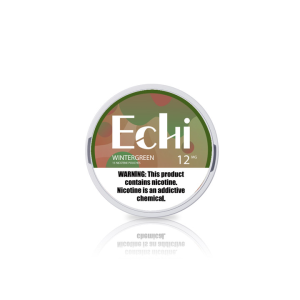
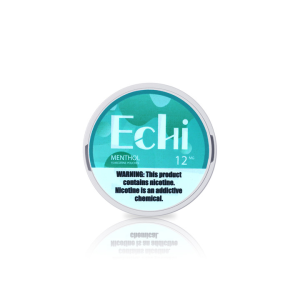

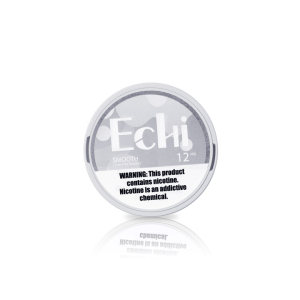
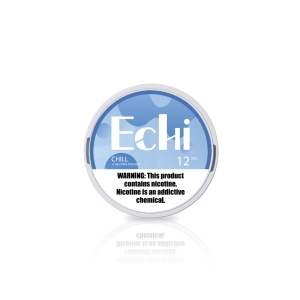
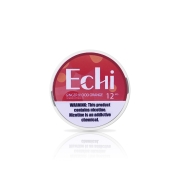
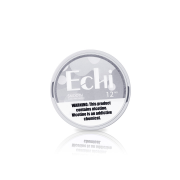
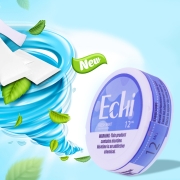





Leave a Reply
Want to join the discussion?Feel free to contribute!